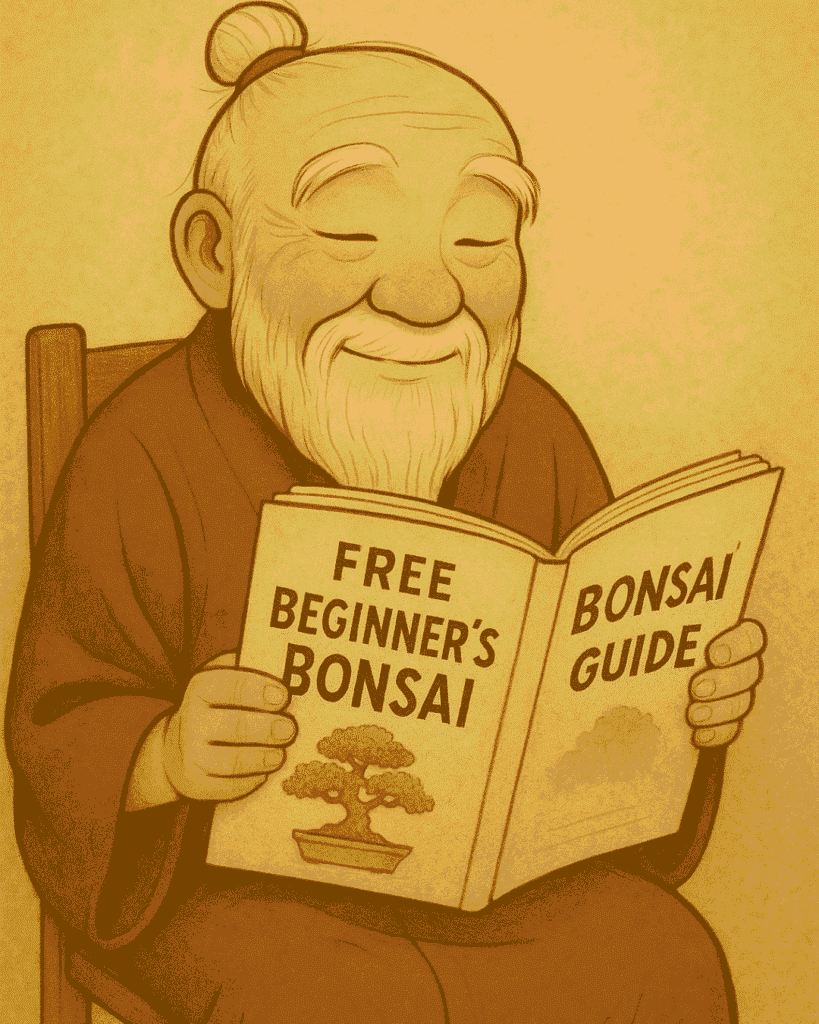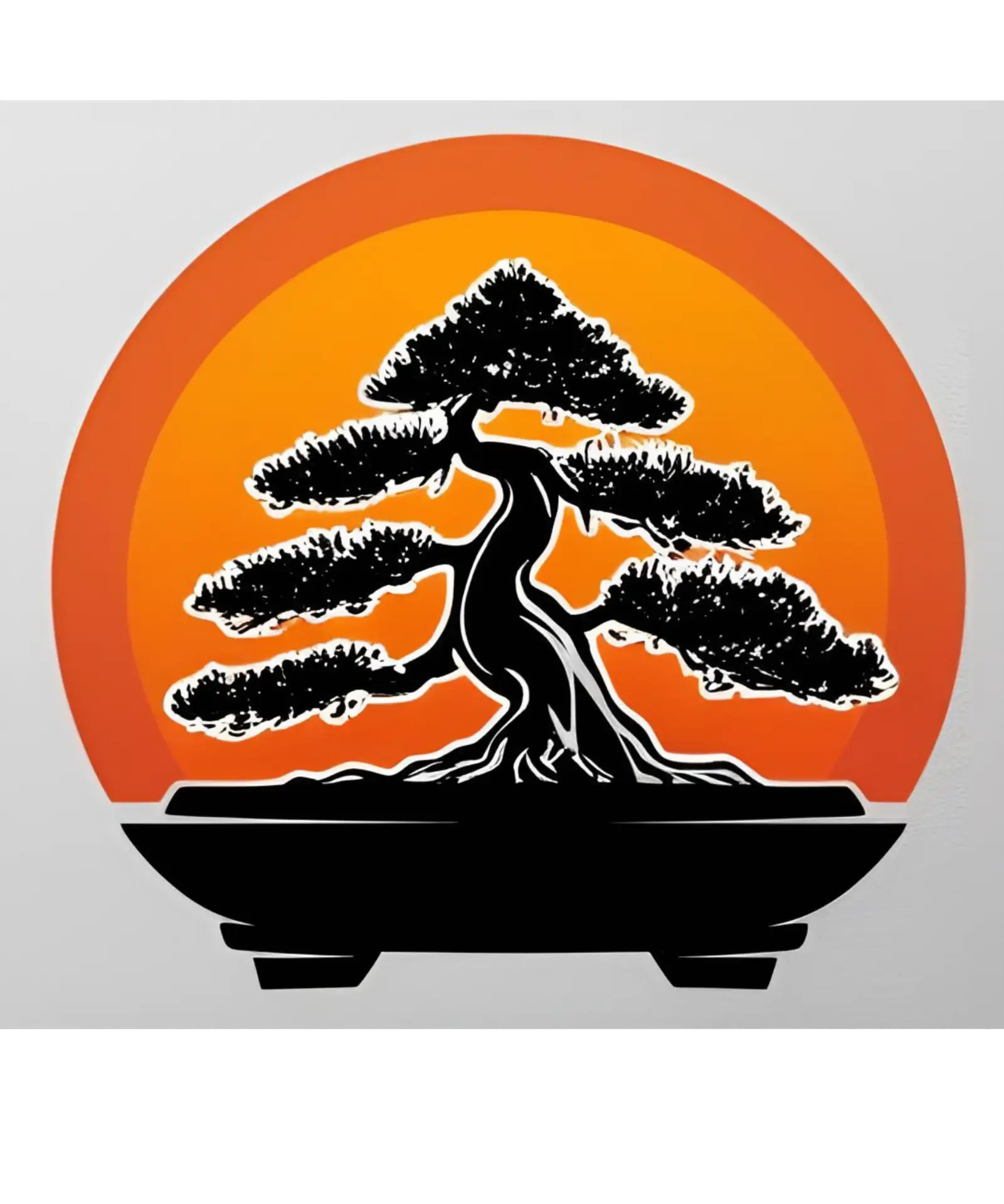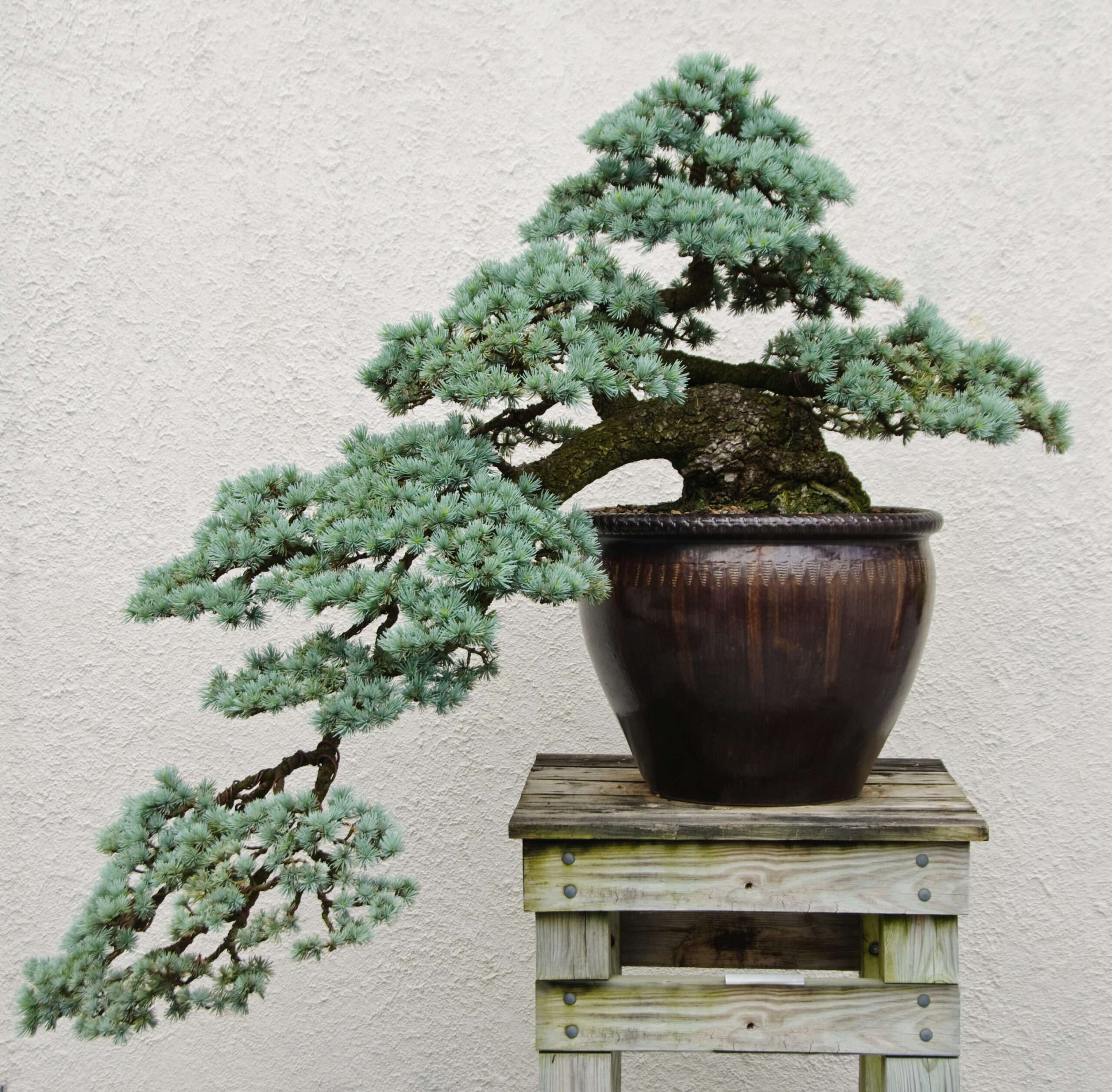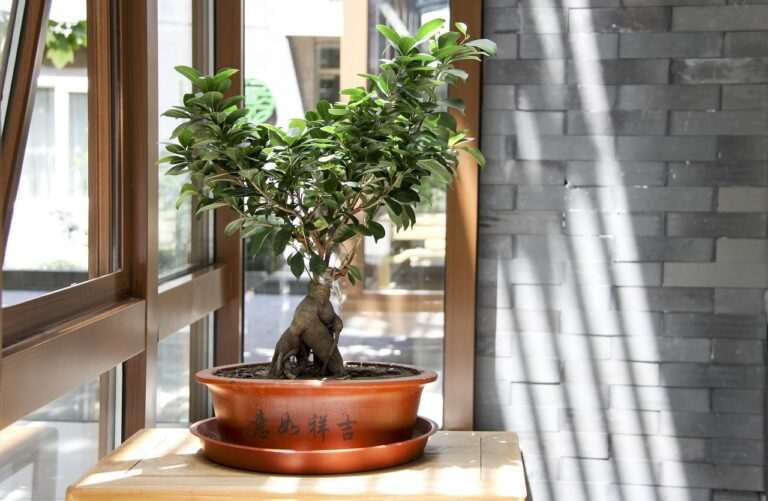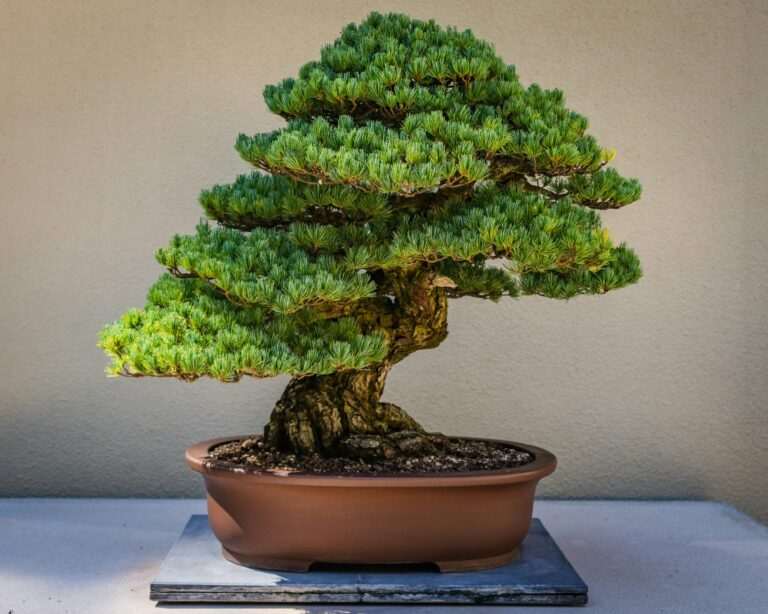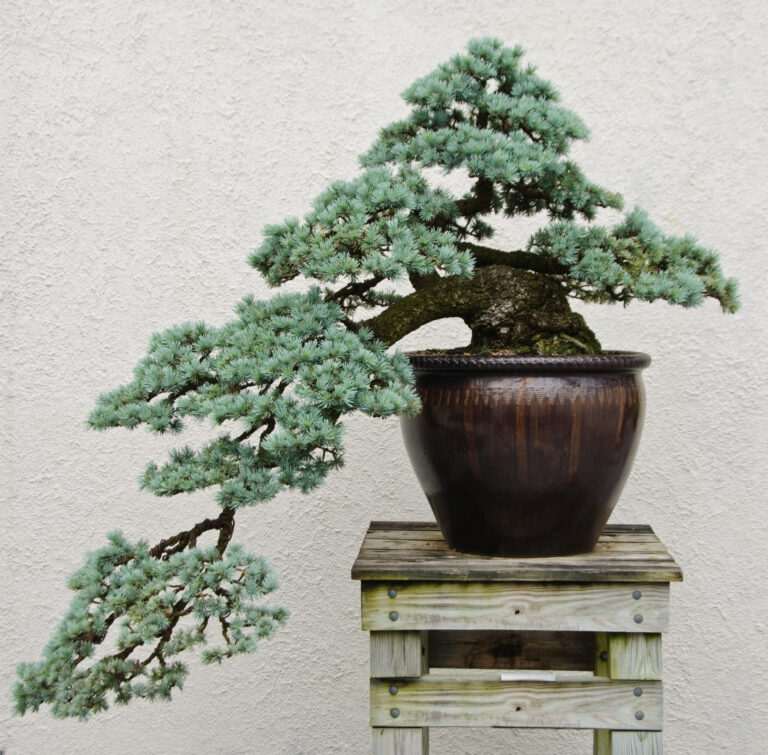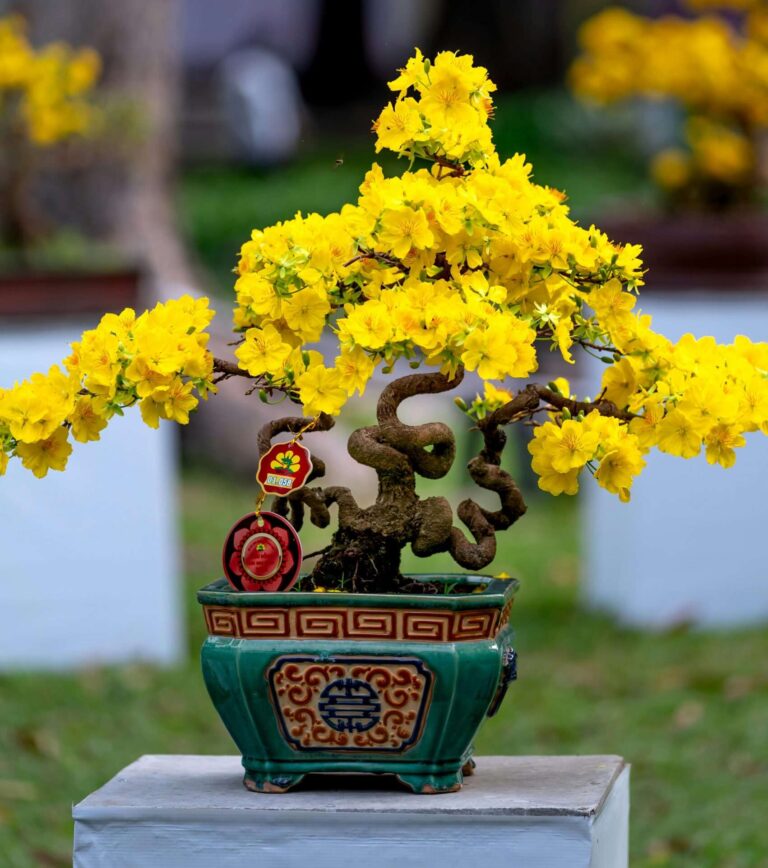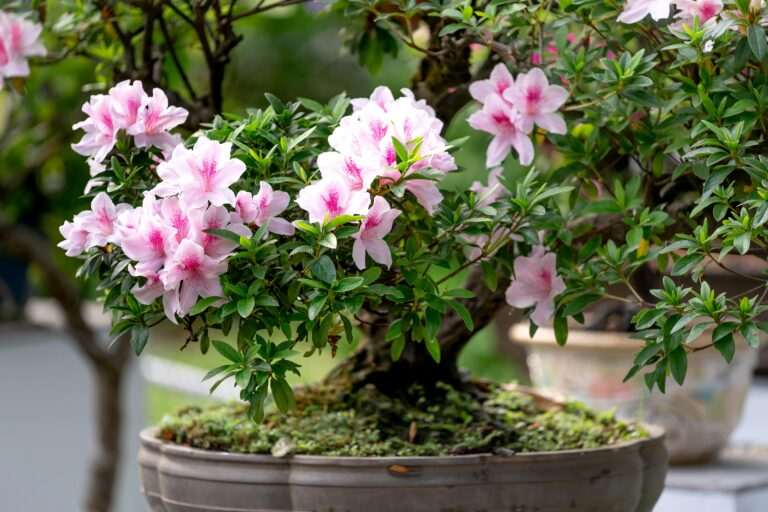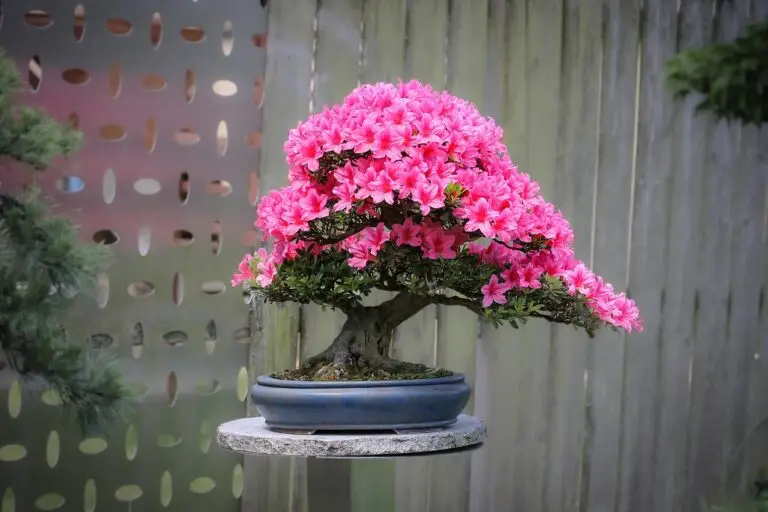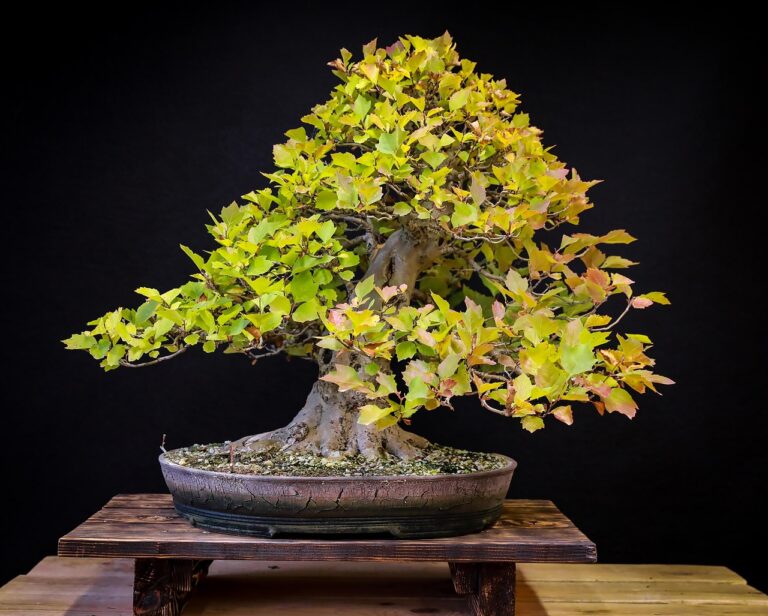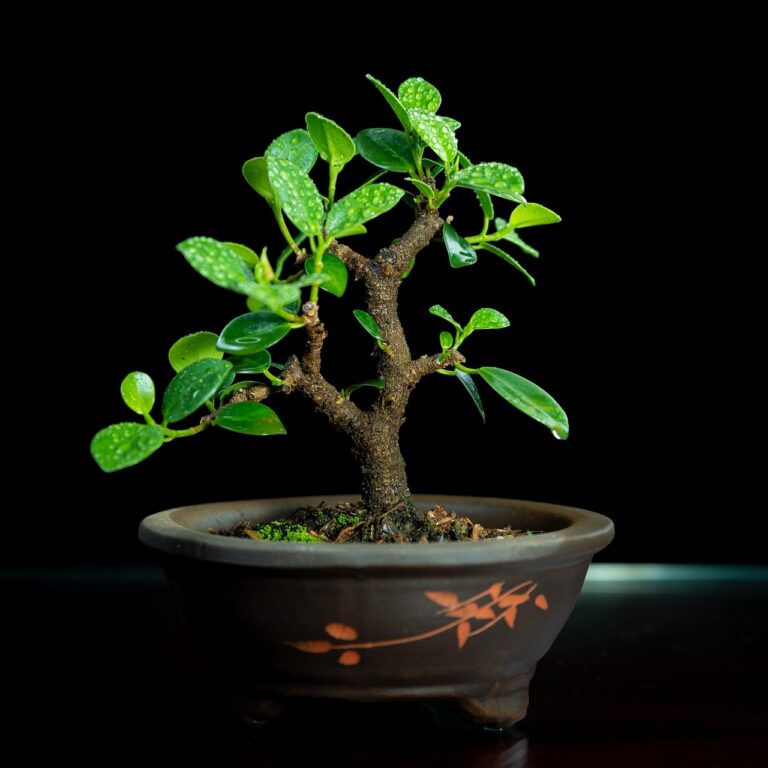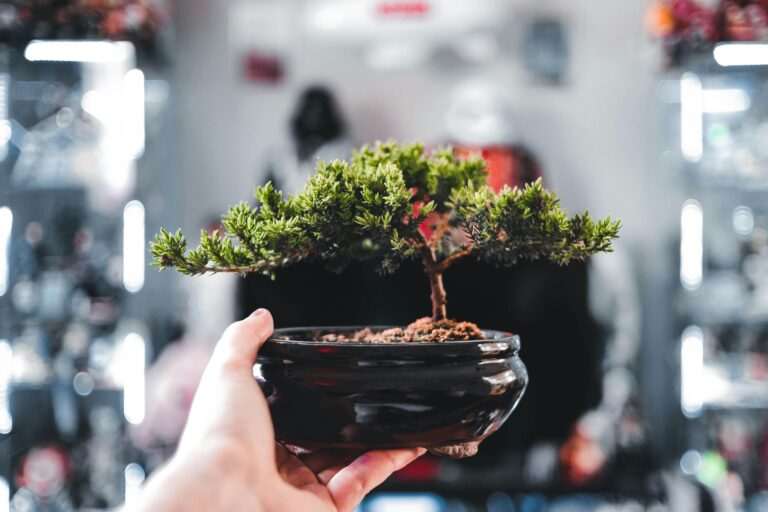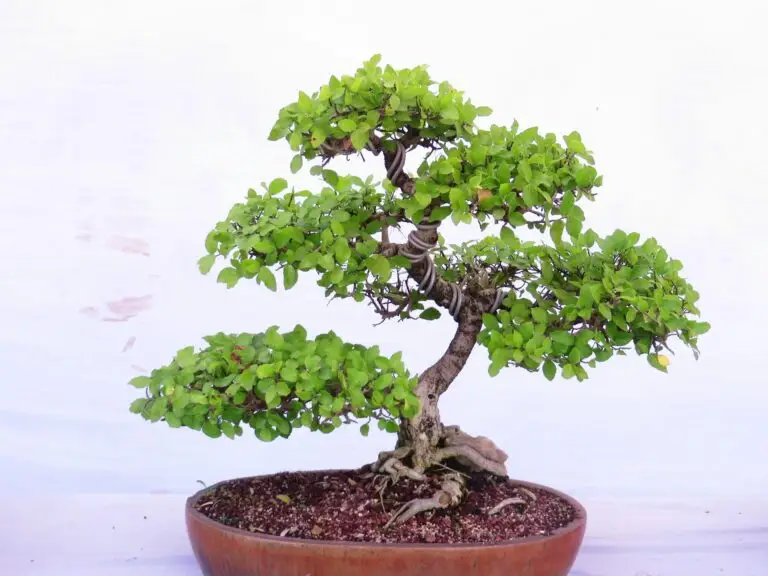Welcome to your master list of bonsai guidelines! If you’re brand‑new, you may wish to skim our full Bonsai Tree Care for Beginners guide for the fundamentals first. Think of today’s bonsai design principles as the architect’s blueprint that lets every cut, wire, and watering can land with purpose. Learn them, and you’ll soon join the ranks of artists celebrated in our cornerstone Ultimate Beginner’s Bonsai Care resource.

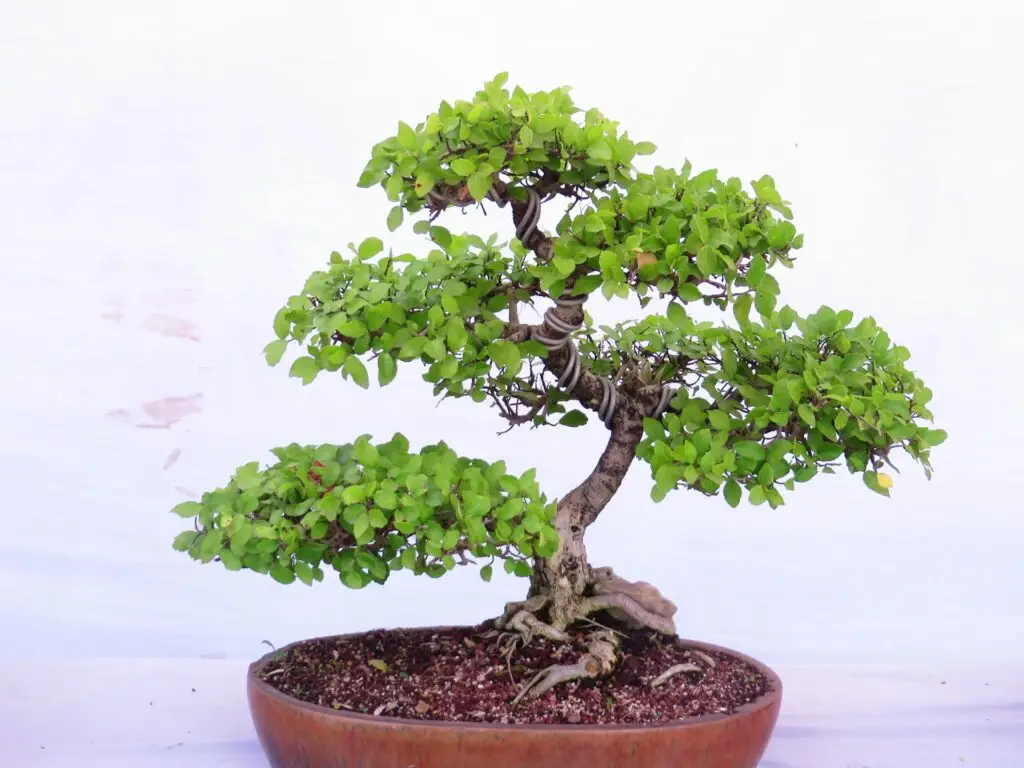
Trunk & Nebari (Root Base) Bonsai Guidelines
Your trunk is your tree’s autobiography. Keep these bonsai guidelines close:
Height ratio: A trunk roughly six times its base width follows the proven proportions we explore in the Rule of 3 in Bonsai article.
Forward lean: A subtle bow welcomes the viewer, echoing classic bonsai design principles.
Flared nebari: Roots that radiate outward anchor age and strength—see our Beginners’ Mistakes list to avoid burying them too deep.
Gradual taper: A smooth taper is a non‑negotiable bonsai structural guideline.
No “C”‑curve recoil: Keep trunk movement natural; drastic bends often signal rushed styling.
Twin‑trunk spacing: Divide at soil level for harmony, then display proudly in a pot chosen via our Bonsai Pots—The Soul Beneath the Soil guide.
Branch Bonsai Guidelines
Branches speak the tree’s language. These bonsai branch placement guidelines keep the conversation fluent:
No crossing: Crossing branches violate core bonsai styling rules—and they’re tricky to correct, as we explain in How to Prune a Bonsai Tree.
First branch at one‑third: This proportion is classic bonsai design, reinforcing our bonsai structural guidelines.
Alternating pattern: Alternate left‑right‑back to create the triangular rhythm praised in bonsai styling.
Tapering thickness: Each branch thinner than the last—an essential of bonsai branch guidelines.
Negative space: Leave breathing gaps so “birds may fly through.” If you’re raising indoor specimens, see How to Care for an Indoor Bonsai for clever space tricks.
Aged wiring: Drooping wired branches evoke time itself—a tip echoed in our Best Bonsai Trees for Beginners roundup.
Pot Bonsai Guidelines
The pot finishes the poem. Respect these bonsai pot selection guidelines:
Off‑centre placement adds motion; we dive deeper in Bonsai Pots—The Soul Beneath the Soil.
Depth equals trunk caliper (except cascades)—a bonsai structural guideline for balance.
Two‑thirds width rule keeps the composition stable.
Shape symbolism: Rectangular for masculine pines, oval for flowing maples—mirrored in our Types of Bonsai Trees primer.
Colour harmony: Match glazed hues to bloom or foliage; see regional inspiration in Australian Bonsai Trees.
Culture Bonsai Guidelines
Daily practice is the quiet artist:
Soil mix: Follow our detailed recipe in Bonsai Tree Soil Mix—large particles below, medium mid‑zone, fine top‑dress.
Remove fines: Dust suffocates roots—another item on the Beginner Mistakes checklist.
Stage‑specific feeding: Over‑fertilising refinements leads to leggy growth; read Bonsai Tree Care Tips for a seasonal schedule.
Water wisely: Above‑soil watering flushes salts; double‑check techniques in our Bonsai Tree Care FAQ.
Responsive watering: No fixed calendar—train your eye instead.
Outdoor living: Temperate species need seasons; tropicals behave differently. See species nuances in the Chinese Elm and Juniper care guides.
Start Your Journey with the Right Tools
Ready to level up your toolkit? Check out our detailed roundup: Best Beginner Bonsai Tools.
Walk the Path of Bonsai
These are not shackles. These are stepping stones. Like calligraphy, bonsai rewards those who study the form before they break it. Practice with care, then let intuition guide your scissors.
“Trees do not read rulebooks, but they do reveal truth. Listen with wire in hand, and they’ll tell you exactly where to bend.” —Master Mori
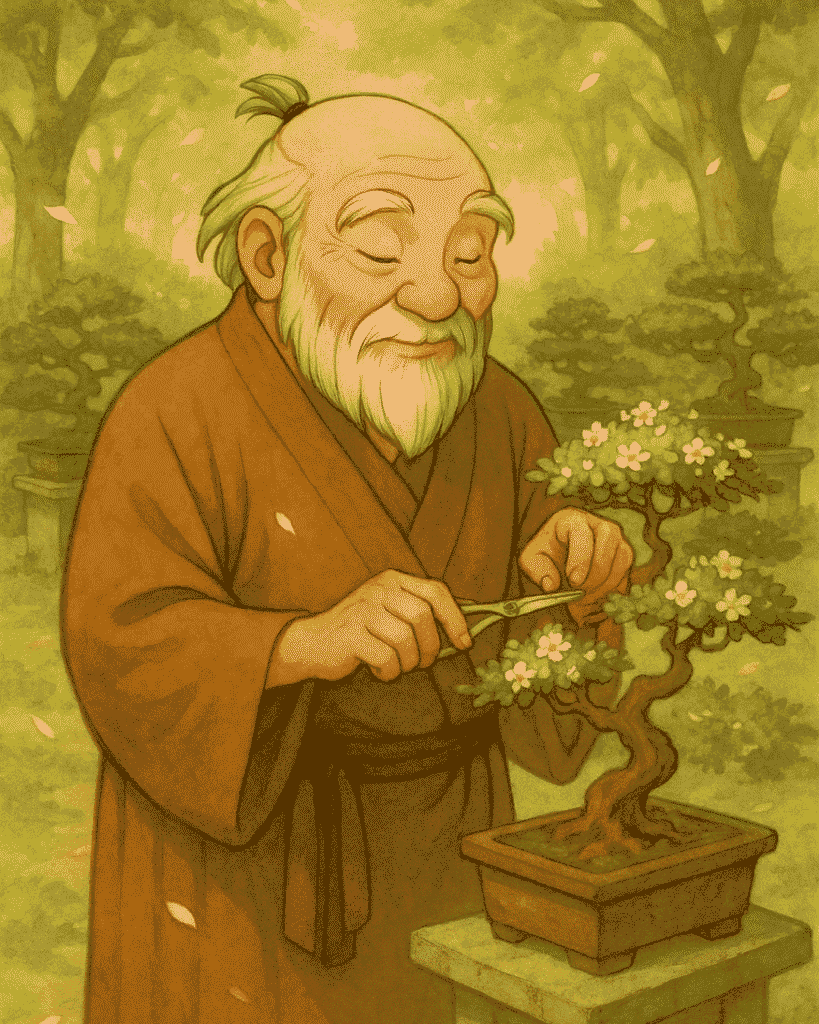
Your Next Step
Ready to deepen your craft?
Download Master Mori’s Beginner Bonsai Starter Pack — and take your first step on the ancient path with clarity and confidence.
Walk the path of bonsai. Humbly. Joyfully. And always with wonder.
Related Articles
Bonsai Guidelines FAQ
Are there actual rules in bonsai, or are they just suggestions?
Ah, a timeless question. Bonsai has no “laws” — only guidelines born of observation, tradition, and patience. Think of them as the wisdom of those who have walked this path before you. Learn them deeply, then — like a potter shaping clay — you may bend them with intention.
Why do bonsai trees follow certain design guidelines?
These guidelines exist to help us capture the essence of age, harmony, and nature’s asymmetry. A bonsai shaped in accordance with these principles feels like it belongs — not just in a pot, but in the soul.
What is the ‘rule of thirds’ in bonsai design?
This ancient idea suggests:
The first branch emerges one-third of the way up the trunk,
The second branch one-third up from that,
And the apex finishes the composition.
It brings balance and rhythm, much like a haiku brings order to thought.
Do I have to follow the same trunk height or branch rules every time?
Not at all. These are starting points, not shackles. As Master Mori often says:
“First learn the form… then feel when to let the wind carry you elsewhere.”
Some of the most captivating trees break the rules — but always with awareness and skill.
What makes a bonsai appear old and wise?
Ah, the illusion of age — a true art! Look for:
Tapering trunks, wide at the base
Low first branches, reaching forward like an elder’s hand
Wired-down limbs, shaped by time
Deadwood features like jin and shari, telling stories of survival
Age is not just shown—it is suggested with grace.
How do I choose the right bonsai pot?
The pot is not just a container—it is the final brushstroke on your bonsai painting. Match the pot to the tree’s personality:
Masculine trees (strong, angular) suit sharp, rectangular pots.
Feminine trees (soft, flowing) prefer round or oval shapes.
Use glazed pots for flowering trees, and choose colours that enhance—not clash with—the tree’s charm.
Can I grow bonsai indoors?
Yes, but with care. Only tropical and subtropical species truly thrive indoors. Most temperate trees need the changing seasons to live fully. A tree grown indoors is like a fish in a bowl — it may survive, but it won’t truly swim.
Why is negative space so important in bonsai?
Because silence is as powerful as sound. In bonsai, the empty spaces between branches give the composition breath. This “negative space” allows birds (and the eye) to pass through. It is where beauty hides quietly.
How can I tell if my tree is ‘flowing’?
Look at the movement of the trunk and branches. Does the apex lean where the trunk began? Do the curves feel natural, not forced?
A tree with flow looks like it was shaped by wind, rain, and time — not just your hands.
What if I make a mistake?
Mistakes are part of the way. A branch grows back. A scar fades. And you — you grow wiser.
“Even the oldest bonsai began as a flawed seedling.”
Embrace the learning. Walk on.
New to Bonsai? Subscribe to our newsletter and download our free guide. Master Mori’s Will Show You the Way
